Options to help you reclaim control
Understanding your treatment options is the first step in overcoming erectile dysfunction (ED) and taking back control.
ED Explained
Pros and cons of different ED treatments
Navigating the various treatment options for erectile dysfunction can be overwhelming. In this helpful video, Dr. Robert Valenzuela provides expert insights to help you make informed decisions on your journey to overcoming ED.
Explore your options
ED can be successfully treated in a number of ways. The right treatment option for you may depend on the cause of your ED.1 It’s important to discuss your options with your doctor, who will help you weigh the pros and cons of each treatment and can advise you accordingly.
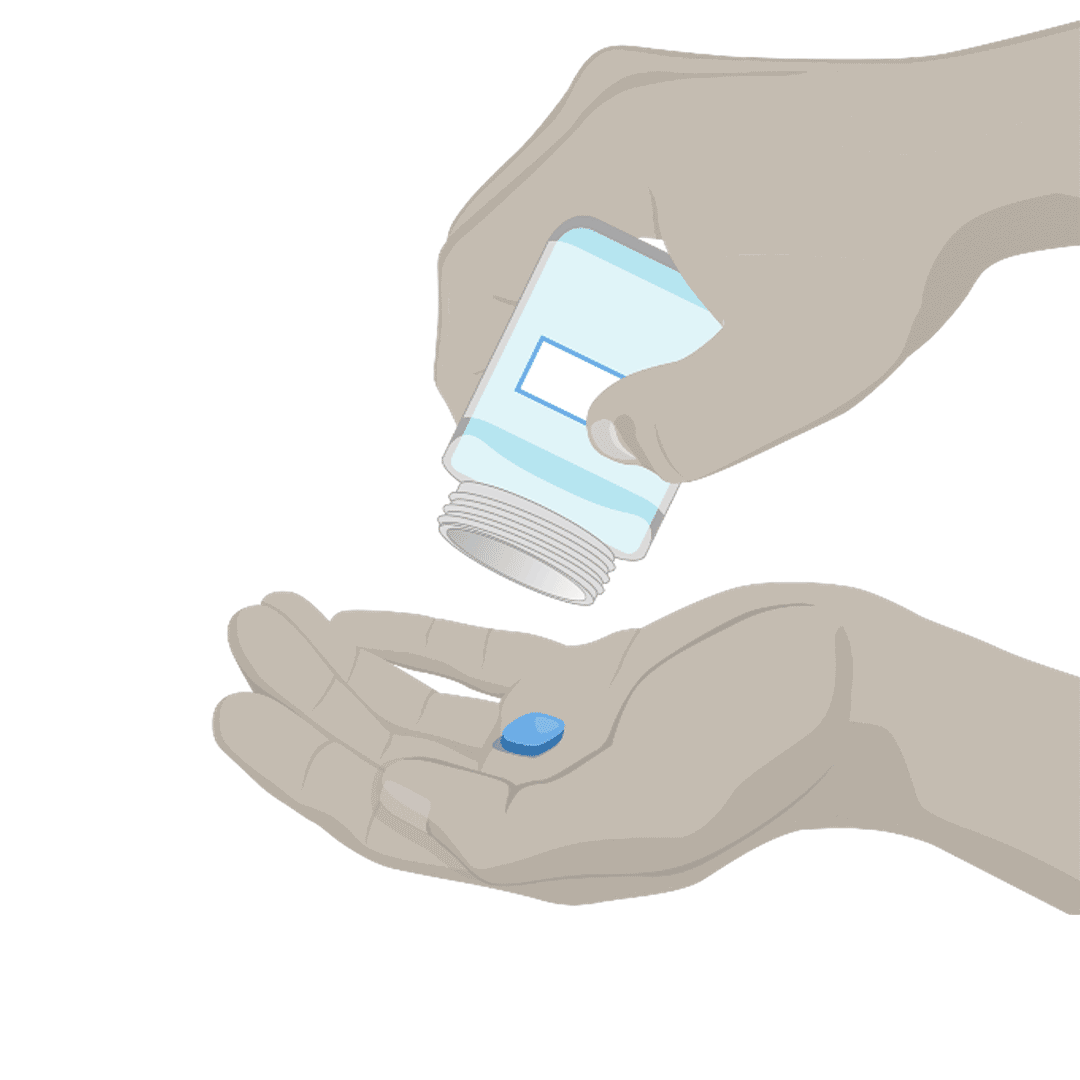
Oral medications
Oral medications are often the first step for treating ED. In fact, 75% of men treated for ED start with oral medications first.2 Pills like Viagra™*, Cialis™*, Levitra™*, or Stendra™* may help achieve erections in response to stimulation.1 Oral medications generally must be taken at least 30-60 minutes before anticipated sexual activity.3
Potential side effects:3
- Headaches
- Facial blushing
- Upset stomach
- Back pain/muscle aches
- Nasal congestion
TM* Third party brands are property of their respective owners.

of patients discontinue treatment
in the first year4

of patients who try a second treatment move on to another brand of pills5

of patients pills are not effective5
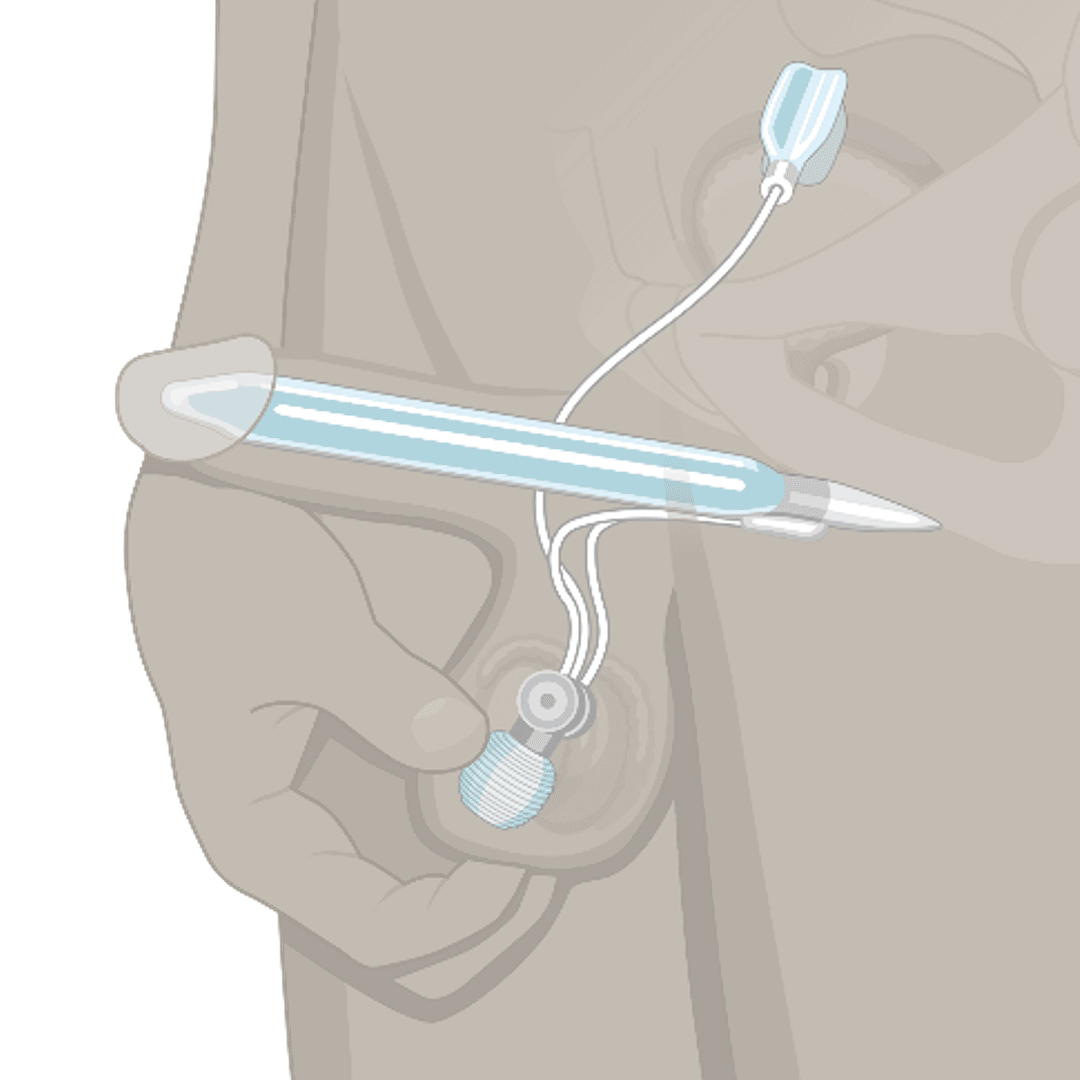
Penile implants
A penile implant offers a long-term solution for ED.8 It is an erection assistance device that is placed inside the body during a single outpatient implant procedure through a small opening in the skin. Penile implants are designed to mimic the look and performance of a natural erection and are concealed within the body.
Like any surgical procedure, there are potential risks and side effects, the most common of which include:9
- Device malfunction (e.g., break, rupture, leakage, tear)
- Infection
- Inflation difficulty
- Erosion
- Incorrect sizing
- Make latent natural erections, as well as other treatment options impossible
Get an erection instantly
when you want one,
every time

No pills or syringes
No bulky equipment
No waiting for meds to kick in

of penile implants last 10 years or more8
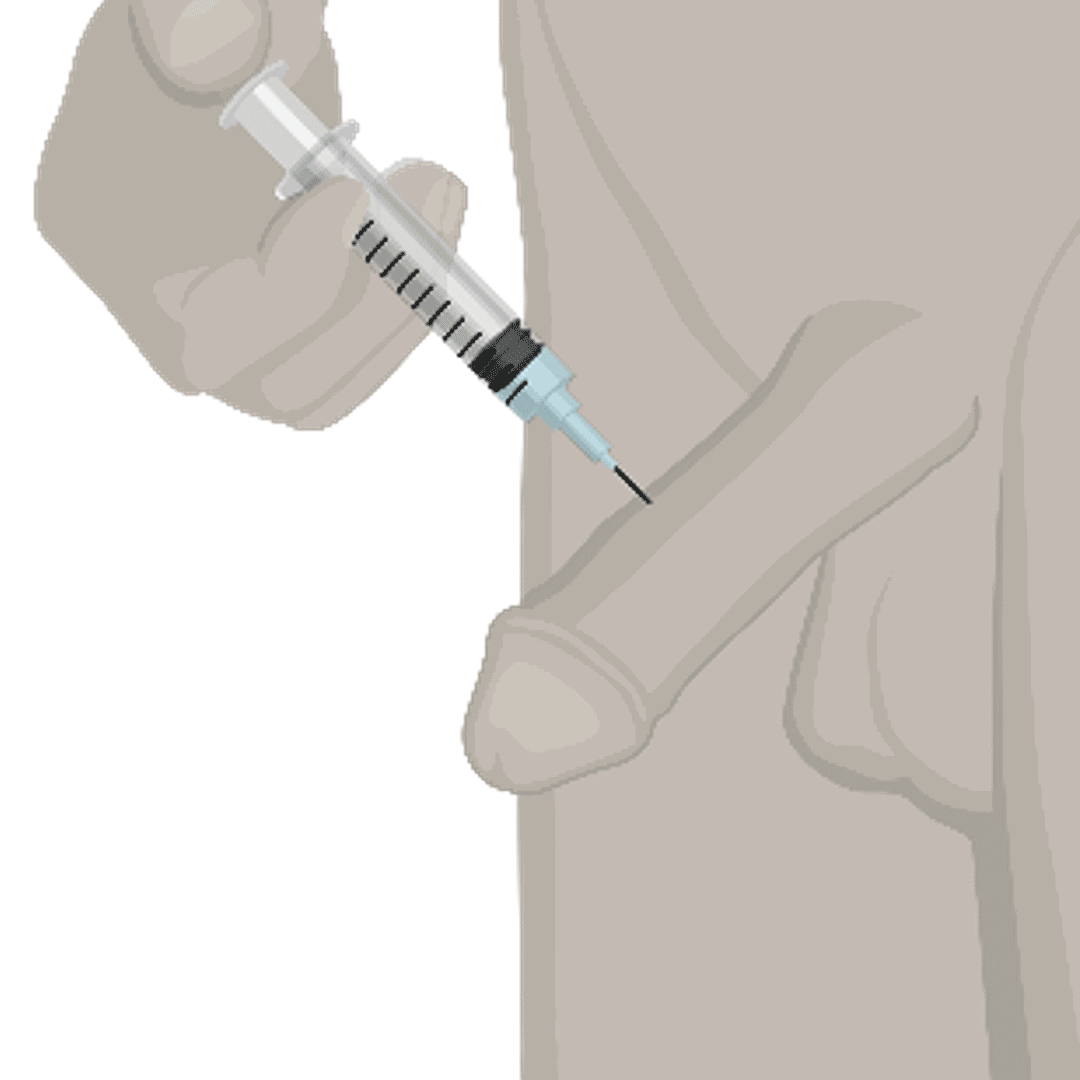
Penile injections
When oral medications fail, some men move on to try injections. For this treatment option, a needle is placed into the penis to inject medication to create an erection. This produces an erection within 5-20 minutes.6 The medication for penile injections often requires refrigeration and always requires the use of needles.
Potential side effects:6
- Priapism (erection lasting 4 hours or more)
- Penile pain
- Bleeding or irritation
- Bruising at the injection site
- Penile fibrosis (deformed penis shape)

of second-treatment patients try penile injections5
This method often


of injection cases fail to work or men experience priapism (erection lasting 4 hours or more)5
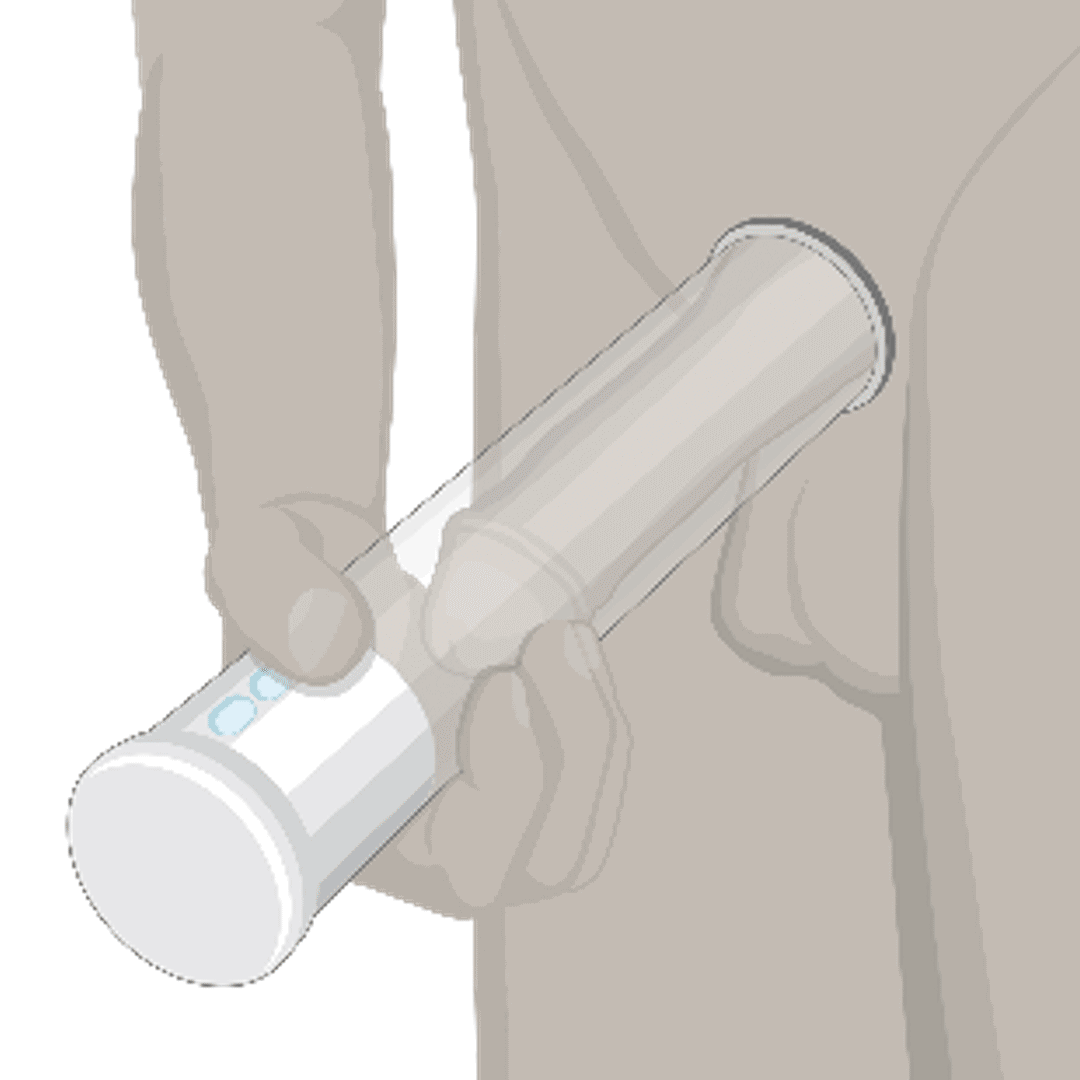
Vacuum erection devices
Vacuum erection devices are external pumps placed over the penis to help with ED. The device, consisting of a cylinder and pump, creates a vacuum that pulls blood into the penis creating an erection and a constriction ring that helps maintain the erection. Men who use vacuum erection devices may have a learning curve and may experience an erection that is not warm to the touch.10
Potential side effects:10
- Penile discomfort
- Penile numbness
- Bruising or swelling
- Inability to ejaculate
- Painful ejaculation
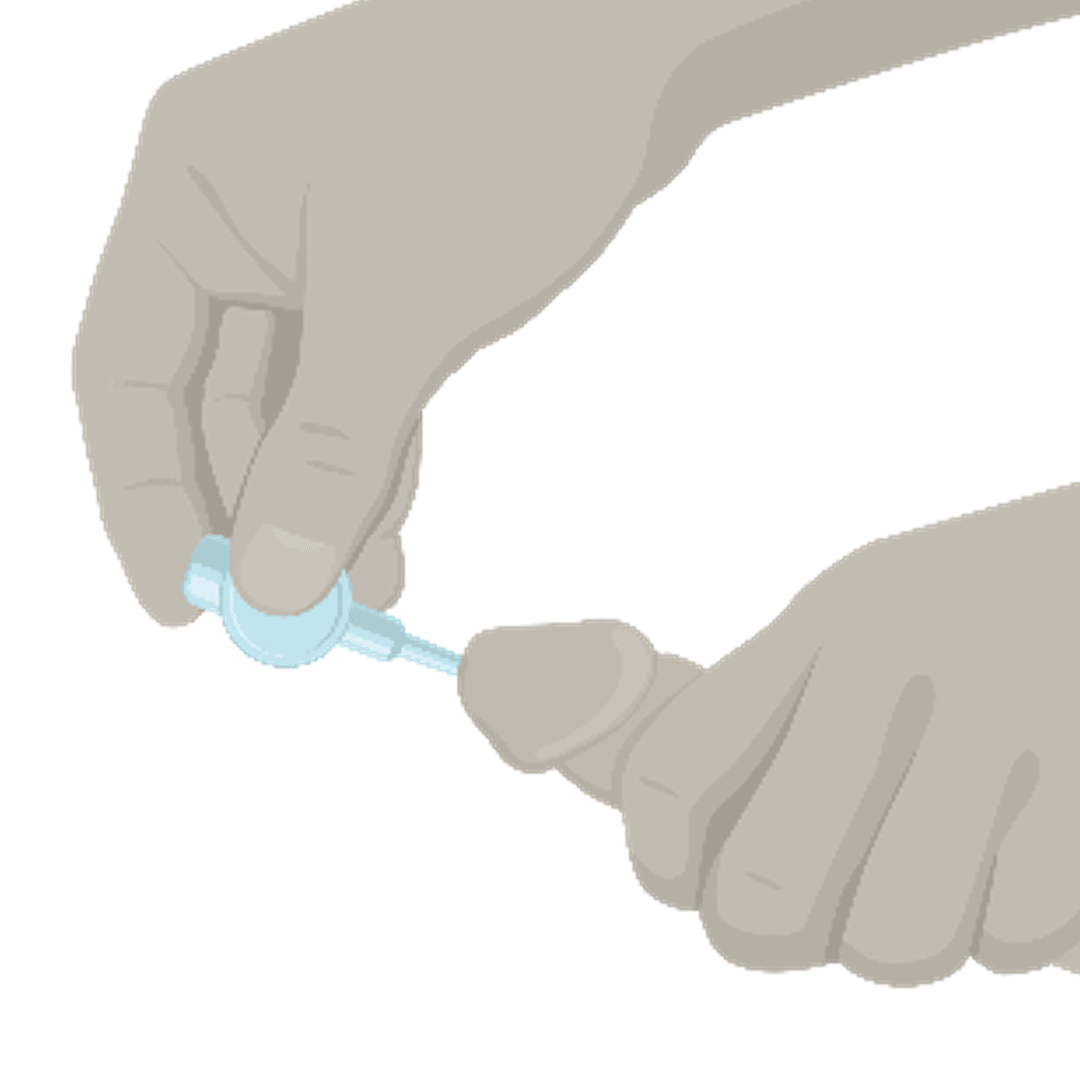
Insertable medication
Insertable medications offer another alternative ED solution but are not as commonly prescribed.2 A small pellet (suppository) is inserted into the urethra using an applicator. This pellet contains a medicine that expands the blood vessels and increases blood flow to the penis, creating an erection. Erections usually start within 10 minutes and last between 30-60 minutes.11
Potential side effects:11
- Burning and aching in the penis and groin
Pros, cons and costs of common ED treatment pathways
Get a side-by-side comparison of the three most common ED treatment options. Explore common treatment pathways of men who have been in your shoes. And discover why penile implants have been shown to be a more cost-effective long-term ED treatment!5,8

Have questions? Need support? We’re here to help!
Call or chat online with a member of our Coloplast Guided Support team. We can answer your questions and connect you with a local qualified urologist who specializes in ED.
References
1 Burnett AL, Nehra A, Breau RH, Culkin DJ, Faraday MM, Hakim LS, Heidelbaugh J, Khera M, McVary KT, Miner MM, Nelson CJ, Sadeghi-Nejad H, Seftel AD, Shindel AW. Erectile Dysfunction: AUA Guideline. J Urol. 2018 Sep;200(3):633-641.
2 Frederick LR, Cakir OO, Arora H, Helfand BT, McVary KT. Undertreatment of erectile dysfunction: claims analysis of 6.2 million patients. J Sex Med. 2014 Oct;11(10):2546-53.
3 Cialis.™ Highlights of Prescribing information. Lily USA, LLC. Revised February 2018.
4 Jannini EA, Droupy S. Needs and Expectations of Patients with Erectile Dysfunction: An Update on Pharmacological Innovations in Phosphodiesterase Type 5 Inhibition with Focus on Sildenafil. Sex Med. 2019 Mar;7(1):1-10.
5 Moses RA, Anderson RE, Kim J, Keihani S, Craig JR, Myers JB, Lenherr SM, Brant WO, Hotaling JM. Erectile dysfunction management after failed phosphodiesterase-5-inhibitor trial: a cost-effectiveness analysis. Transl Androl Urol. 2019 Aug;8(4):387-394.
6 CAVERJECT® IMPULSE Instructions for Use. ©2023 Pfizer Inc.
7 Zarowski C, Higano C, Wu E, Sundar M, Bentley J, Flannigan R. Virtual Intracavernosal Injection Training During the COVID Pandemic. J Sex Med. 2022 Apr;19(4):S43–4.
8 Miller LE, Khera M, Bhattacharyya S, Patel M, Nitschelm K, Burnett AL. Long-Term Survival Rates of Inflatable Penile Prostheses: Systematic Review and Meta-Analysis. Urology. 2022 Aug;166:6-10. 24.
9 Coloplast Titan®, Titan® OTR and Titan® Touch Inflatable Penile Prosthesis Instructions for Use. Coloplast Corp. 2016.
10 Yuan J, et al. Vacuum therapy in erectile dysfunction – science and clinical evidence. International Journal of Impotence Research. 2010; 12: 211-219
11 MUSE™ (alprostadil) urethral suppository IFU. Meda Pharmaceuticals, Inc. Revised April 2018.
PM-26273
Important safety information
Titan® & Titan Touch Inflatable Penile Prosthesis
The Titan Inflatable Penile Prosthesis is a surgically implanted mechanical penile implant intended for the treatment of erectile dysfunction in men. The Titan implant is a 3-piece fluid-filled system manually operated to produce and sustain an erection for sexual intercourse.
Indications
The Titan Inflatable Penile Prosthesis is indicated for male patients with erectile dysfunction who are considered to be candidates for implantation of a penile prosthesis.
Contraindications
The Titan implant is not for use in patients who have one or more of the following conditions: 1) have an active infection, particularly urinary tract or genital infection, 2) are sensitive or allergic to silicone or polyurethane, 3) have ongoing difficulty urinating or emptying the bladder (e.g., bladder outlet obstruction or neurogenic bladder), or 4) unwilling to undergo any further surgery for device revision.
Warnings
Patients should consider the warnings, precautions and potential complications associated with the use of this product, which may include the following: potential for resurgery (note: device is not a lifetime implant). Implantation makes latent natural erections, as well as other interventional treatment options, impossible. Implantation may result in penile shortening, curvature or scarring. Pre-existing abdominal or penile scarring or contracture may make surgical implantation more complicated or impractical. Diabetic, as well as immunocompromised patients, may have an increased risk of infection which could result in permanent damage to tissue/organs. Excessive stresses from rigorous exercise and vigorous masturbation/intercourse could lead to device damage. Certain stresses and pressures (straddle seating, obesity, etc.) could lead to involuntary inflation or deflation. Post-implant penile size, girth and angle can vary based on patient anatomy, implant size, level of inflation, and presence of Peyronie’s disease.
Precautions
Patients with spinal cord injury may have an increased risk of infection. This device may be used to treat erectile dysfunction in the presence of Peyronie’s disease. Although the implant is not visible, depending on the placement (submuscular) the reservoir may be palpable.
Patients should consider the following factors which could lead to increased risk of failure and can be critical to the eventual success of the procedure: ability and willingness of the patient to follow instructions; associated psychological status (e.g., psychogenic erectile dysfunction, inappropriate attitude or motivation); health conditions which hamper sexual activity (such as severe angina) may prevent successful use of this device; manual dexterity problems; and lack sufficient manual dexterity or strength necessary to operate the device.
Impact injuries to the pelvic or abdominal areas (e.g., sports injuries) can result in damage to the implant which may necessitate replacement of the device. Contracture of tissue around the pump can cause unnatural firmness in the scrotum and involuntary inflation or deflation. The device may fail to deflate and/or deflation of the device may be slow or difficult for some patients. Device malfunctions may result in the inability to inflate or deflate the device. Removal of the device without timely reimplantation of a new implant may complicate subsequent reimplantation.
Potential Complications
Adverse events are known to occur with penile protheses procedures and implants; some may require revision surgery or removal of the implant. Adverse events following penile protheses implantation may be new onset (de novo), persistent, worsening, transient, or permanent.
Adverse events may include but are not limited to: inability to pull foreskin back from tip of uncircumcised penis (acquired phimosis); abnormal wound healing/adhesion/scar tissue; bladder storage symptoms/urinary retention; tightening, shortening, deformity or curvature of penis (capsular contracture, induration); discomfort/pain; injury to tissue or organs (perforation/erosion/extrusion) resulting in damage or loss of tissue (necrosis); open tunnel between tissue or organs (fistula); foreign body reaction/allergic reaction/sensitivity; bleeding/hemorrhage or collection of blood or fluid outside of tissue or vessels (hematoma/seroma); hernia; Infection/urinary tract infection; redness or swelling (inflammation/edema); difficult or painful intercourse (dyspareunia/sexual dysfunction); obstruction/occlusion; numbness or decreased sensation (e.g., hypoesthesia); and urinary incontinence. The occurrence of these events may require one or more subsequent surgeries which may or may not always fully correct the complication.
This treatment is prescribed by your physician. Discuss the treatment options with your physician to understand the risks and benefits of the various options to determine if an inflatable penile implant is right for you.
Caution: Federal law (USA) restricts this device to sale by or on the order of a physician.
PM-15451 / Feb 2024








